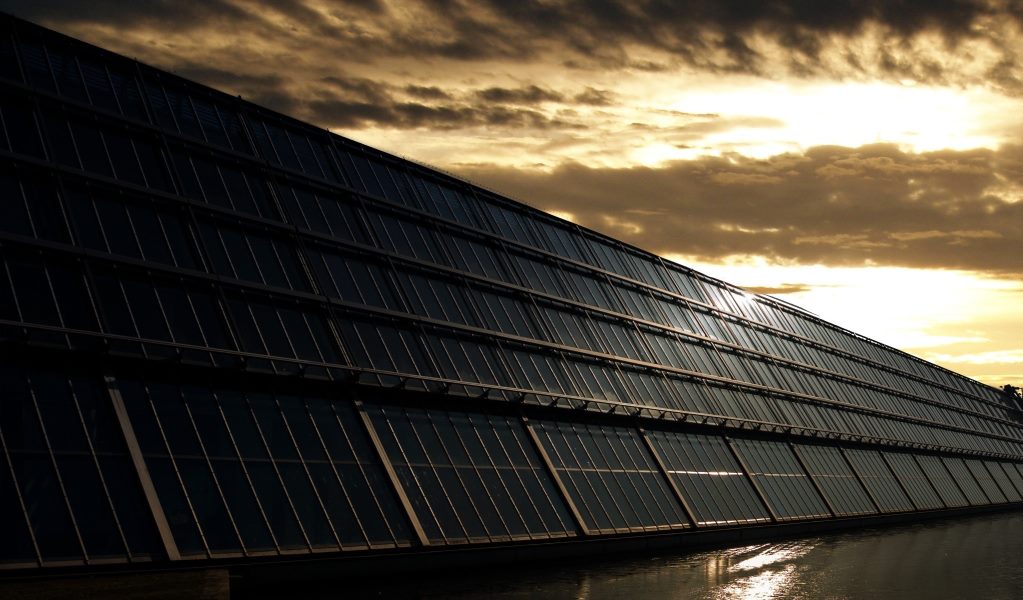Atom-Thin Photovoltaic Sheets
Scientists at MIT have recently invented a new kind of photovoltaic materials that are a thousand times thinner than the traditional silicon cells. These new cells can increase the solar panel’s energy conversion efficiency, and lower the cost of manufacturing. Made with Graphene and Molybdenum disulfide, this new cell is barely the thickness of a molecule – resulting in a solar panel that is thinner and the lighter than current solar panels on the market today.
According to Jeffrey Grossman, the Carl Richard Soderberg Associate Professor of Power Engineering at MIT, although this new atom-thin PV cell has only 1 to 2 percent efficiency in converting sunlight into electricity compared to the 15 to 20 percent efficiency of the standard silicon cell, they still have several advantages. The biggest advantage is their incredible thinness, which allows them to be stacked in several layers and thus boost their efficiency.
The thinness and lightness of these cells also mean that they can be easily transported and thus useful in remote areas where transportation is difficult. These cells can also be used in spacecrafts and aviation.
The materials used in these new cells are cheaper than the traditional purified silicon used in conventional solar cells and require very little raw material. Moreover, light-weight means less expense required to mounting the panels. Long-term stability is an additional advantage of these new cells, as they can survive in open-air and even extreme weather conditions.
Mr. Grossman also added that the team at MIT are studying the potential of many two-dimensional materials to see if they could be used to create better solar cells.
As of now, there are no large-scale methods implemented for mass production of these cells, states Mr. Grossman but a discovery of such a technology opens doors to all kinds of possibilities.

